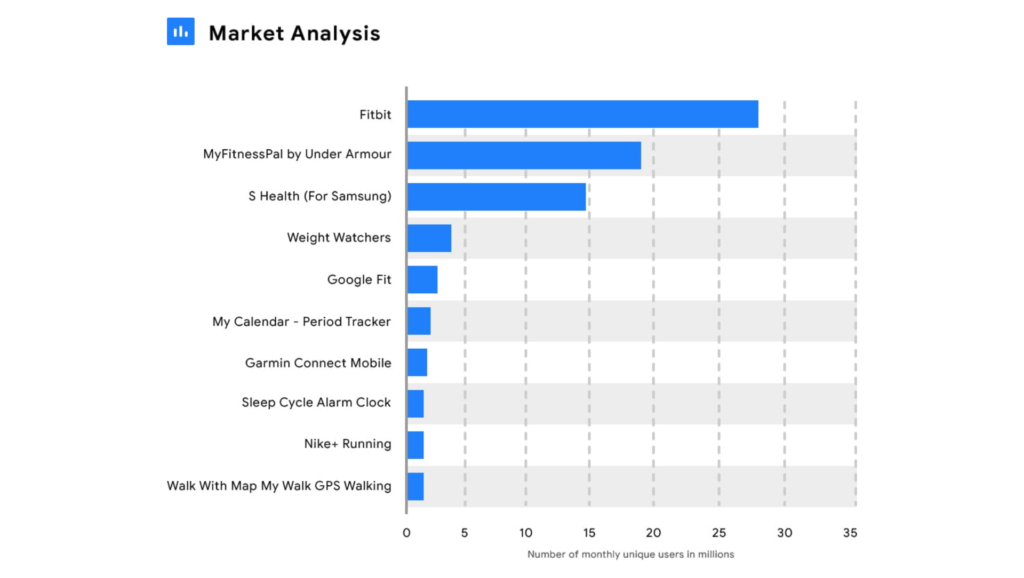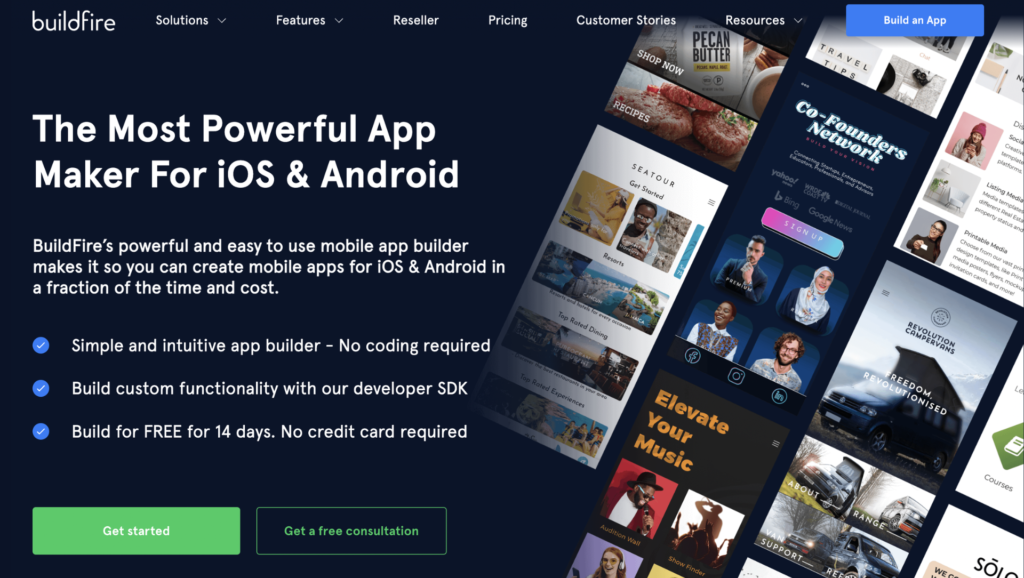Have you ever wondered what it takes to create a mobile app from scratch?
In today’s digital age, mobile apps have become a ubiquitous part of our daily lives, providing us with everything from entertainment to productivity.
But have you ever considered what goes into making these apps?
In this comprehensive guide, we will take you through the steps to create a mobile app that will not only meet the needs of your target audience but also stand out in a crowded app market.

How to Create a Mobile App?
Mobile apps have become an integral part of our daily lives, providing convenience, entertainment, and productivity in equal measures.
With the rise of smartphones and other mobile devices, the demand for mobile apps has skyrocketed, making it a lucrative industry to venture into.
However, creating a mobile app can be a daunting task, especially if you are a beginner.
Here are some of the basic steps to creating a mobile app.

Define the purpose of your app.
The first step in creating a mobile app is to define its purpose.
- What problem does it solve?
- Who is your target audience?
- What features will it have?
These questions will help you create a clear vision of what you want to achieve with your app.
According to a survey conducted by Statista,
“The most popular app categories in today’s time are gaming, social media, entertainment, and e-commerce.”
Conduct market research.
Once you have defined the purpose of your app, the next step is to conduct market research.
This will help you identify your competitors, their strengths, and weaknesses, and how you can differentiate your app.

Moreover, you can also use various online tools to conduct market research such as AppAnnie, Sensor Tower, and Mobile Action.
Choose a mobile app development platform.
Choosing the right mobile app development platform is critical to the success of your app. There are three main platforms: iOS, Android, and cross-platform. Each platform has its own advantages and disadvantages.

Sketch out your app.
Before you start developing your app, it’s important to sketch out its design. This will help you visualize the user interface and user experience.
Furthermore, you can use tools such as Sketch, Figma, or Adobe XD to create a wireframe or prototype of your app.

Develop the app.
Once you have sketched out your app, it’s time to start developing it. You can either hire a mobile app development company or do it yourself if you have the necessary skills.
There are three main stages of app development:
- front-end development
- back-end development
- testing
According to a report by GoodFirms,
“The average cost of developing a mobile app is between $5,000 and $500,000, depending on the complexity of the app.”
Integrate analytics.
Analytics is an important part of mobile app development. It helps you track user behavior, app usage, and identify areas for improvement.
In addition to this, you can use tools such as Google Analytics, Mixpanel, or Flurry to integrate analytics into your app.

Launch the app.
Once your app is developed and tested, it’s time to launch it. You can either launch it on the app stores or use alternative distribution channels such as social media or email marketing.
According to a report by Statista,
“There are 3.48 million apps available for download on the Google Play Store, and 2.22 million on the Apple App Store.”

Market the app.
Marketing is critical to the success of your app. You can use various marketing channels such as social media, email marketing, search engine optimization, and paid advertising to promote your app.
According to a report by Business of Apps,
“Mobile advertising spending reached $240 billion globally.”

Gather feedback and update the app.
After launching your app, it’s important to gather feedback from users and make necessary updates. This will help you improve the user experience, fix bugs, and add new features.
Moreover, you can use various feedback gathering tools such as in-app surveys, app store reviews, and social media monitoring to gather feedback from users.
Monetize the app.
There are various ways to monetize your app such as in-app purchases, advertising, and subscription-based models.
A report by Sensor Tower revealed that,
“In-app purchases accounted for 71.3% of global app revenue in 2020, while advertising accounted for 28.7%.”

Tips & Tricks for Building Mobile App in 2023
Building a mobile app requires careful planning and execution. With the ever-growing competition in the app market, it’s important to create an app that not only meets the needs of your target audience but also stands out from the crowd.
Following are some of the tips and tricks for building a mobile app.

Define the purpose of your app.
Before you start building your app, it’s important to define its purpose. This will help you create a clear vision of what you want to achieve with your app.
According to a report by TechJury,
“24% of users abandon an app after just one use due to the lack of purpose.”

Focus on user experience.
The user experience (UX) of your app is critical to its success. A well-designed and intuitive UX can improve user engagement and retention.
According to a report by UserTesting,
“86% of users deleted an app due to poor UX.”

Keep it simple.
Simplicity is key when it comes to building a mobile app. Avoid cluttering your app with too many features or options. Focus on the core features that provide value to your users.
According to a report by Localytics,
“20% of users abandon an app after just one use due to its complexity.”
Optimize for speed.
The speed of your app is crucial to its success. Slow load times can lead to user frustration and abandonment.
A report by Google revealed by,
“53% of mobile users will abandon a website if it takes more than three seconds to load.”
Test, test, and test again
Testing your app is critical to its success. It helps you identify bugs, glitches, and other issues that can affect the user experience.
Moreover, use various testing tools such as TestFlight, Firebase Test Lab, and AWS Device Farm to test your app on different devices and platforms.

Incorporate analytics.
Analytics is an important part of app development. It helps you track user behavior, app usage, and identify areas for improvement.
Furthermore, use tools such as Google Analytics, Mixpanel, or Flurry to integrate analytics into your app.
Focus on security.
Security is a critical aspect of app development, especially if your app deals with sensitive user data such as passwords or financial information.
Make sure to incorporate the necessary security measures such as data encryption, two-factor authentication, and secure storage.
Keep up with the latest trends.
The mobile app market is constantly evolving. It’s important to keep up with the latest trends and technologies to stay ahead of the competition.
Stay up to date with the latest app development frameworks, programming languages, and design trends.

Final Verdict
In a nutshell, creating a mobile app requires careful planning, research, and execution. By following these steps, you can create a successful mobile app that meets the needs of your target audience.
It’s important to keep in mind that app development is an ongoing process that requires continuous updates and improvements to stay relevant in a rapidly changing market.
With the right tools and strategies, you can create a mobile app that is not only profitable but also provides value to users.
As Steve Jobs once said,
“Design is not just what it looks like and feels like. Design is how it works.”
So, go ahead and create an app that not only looks great but also works great!



